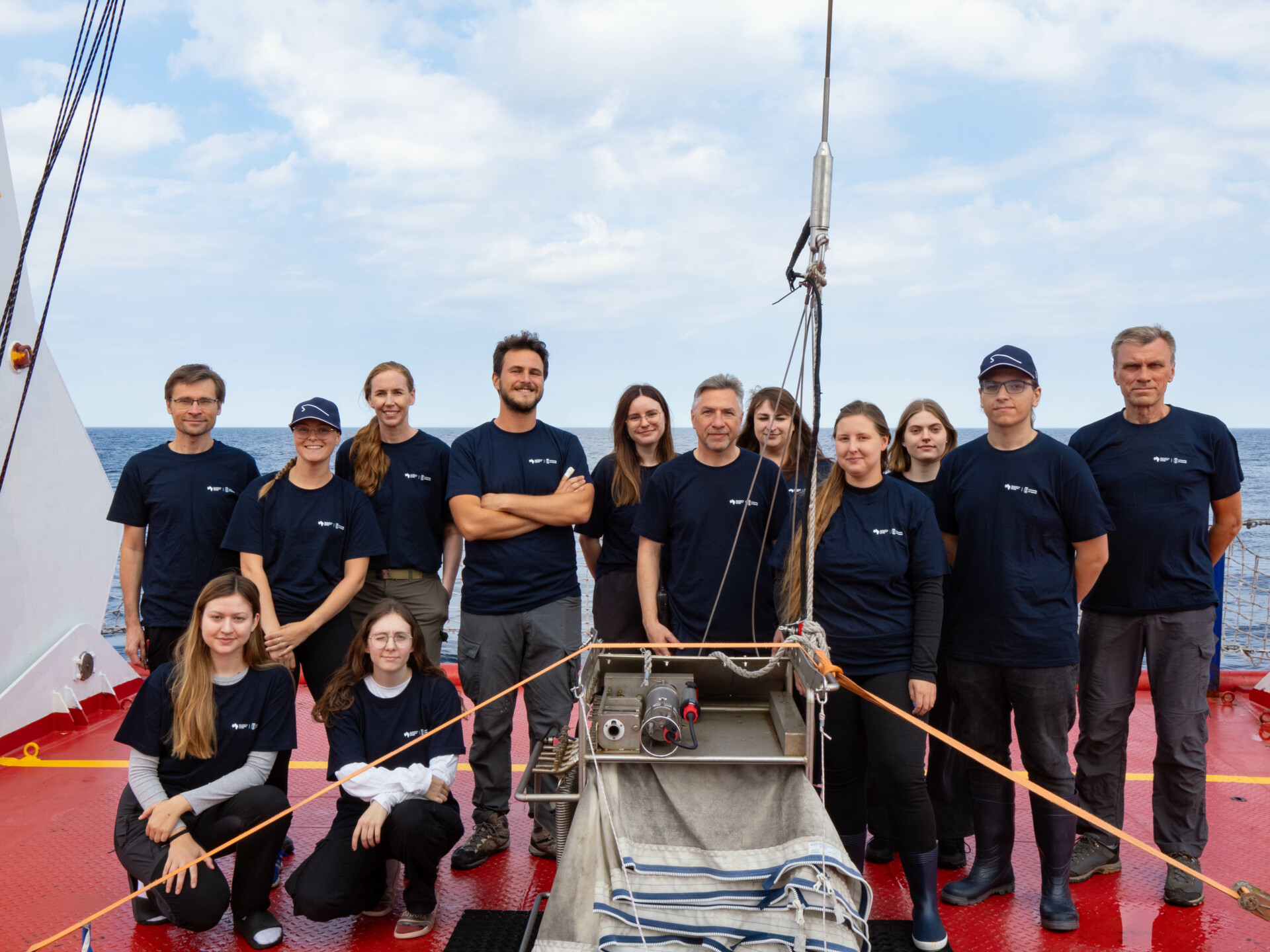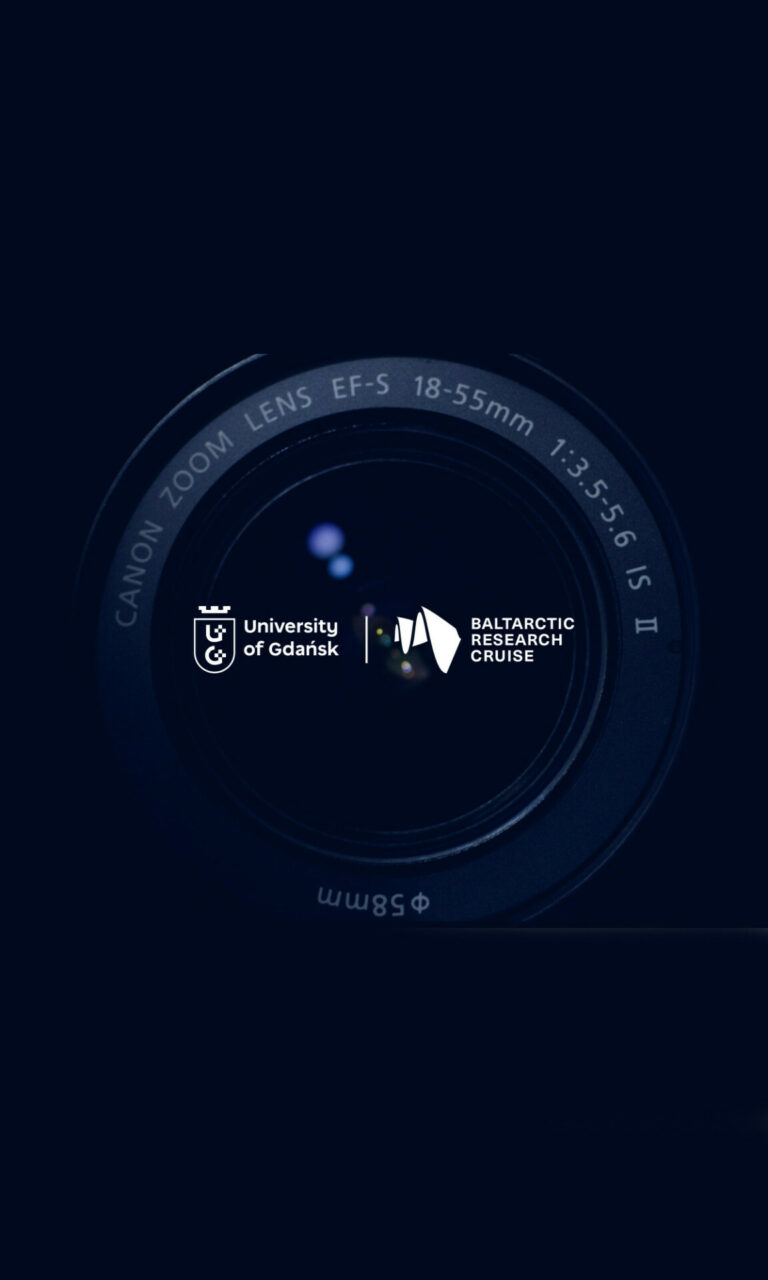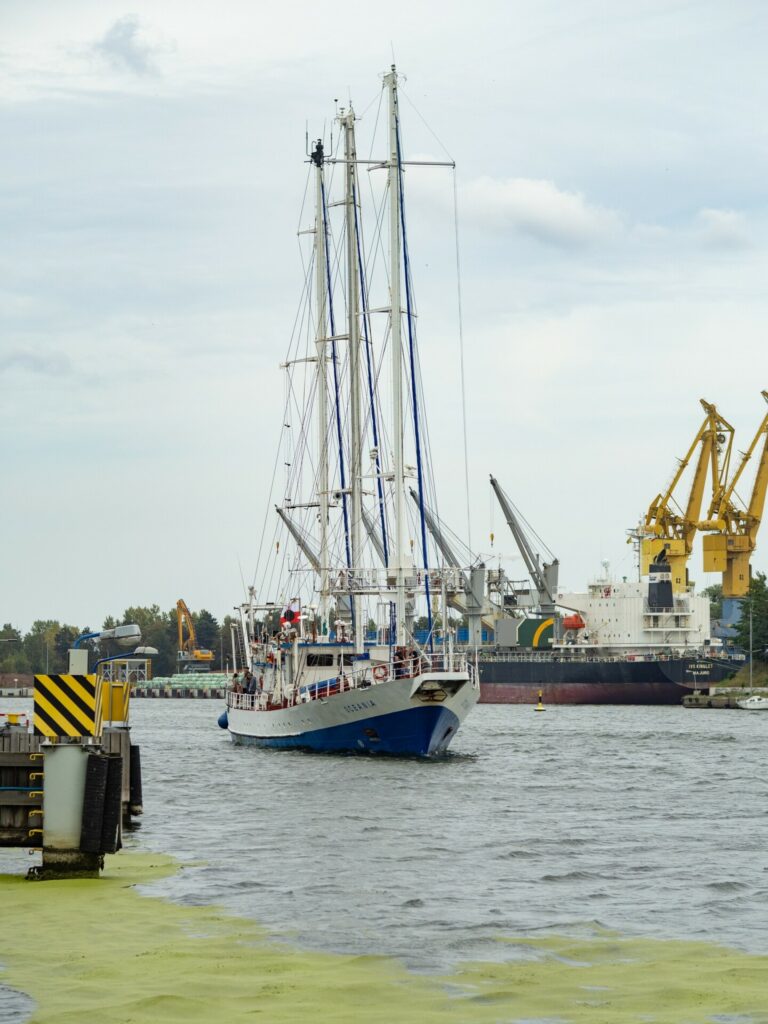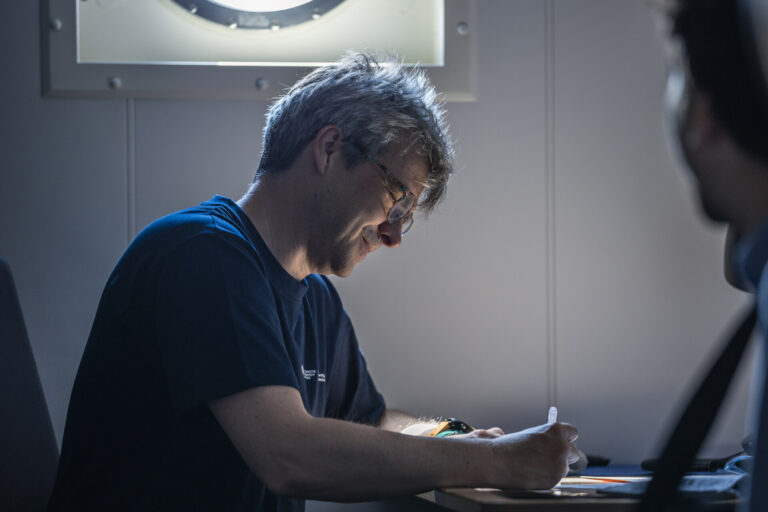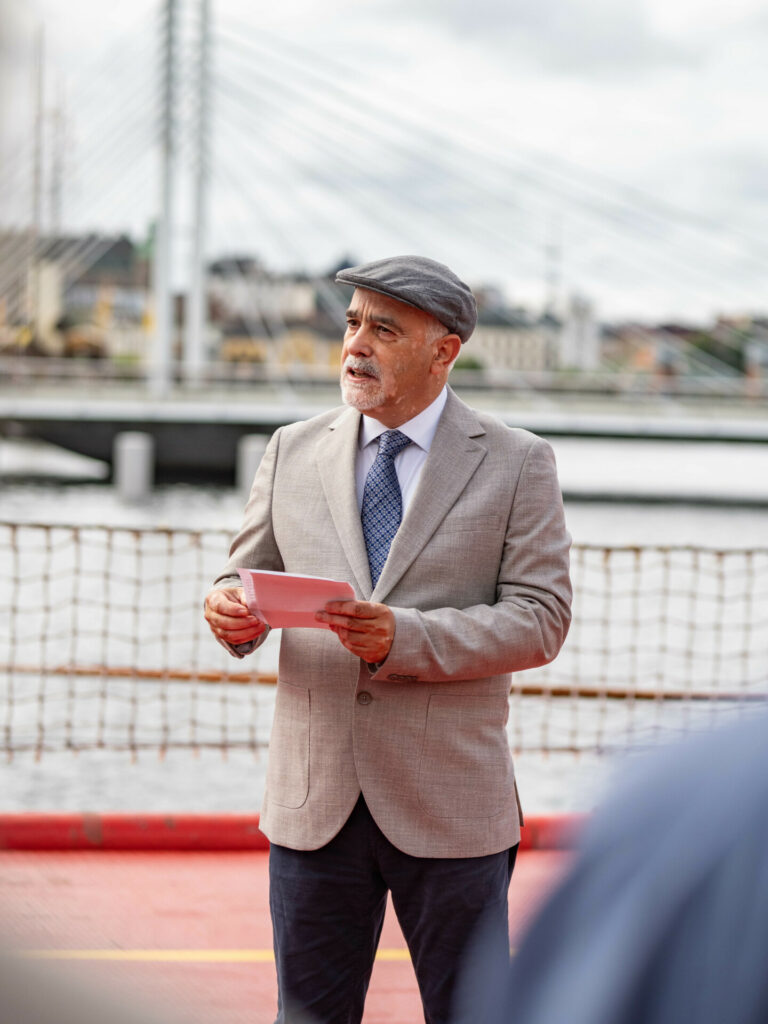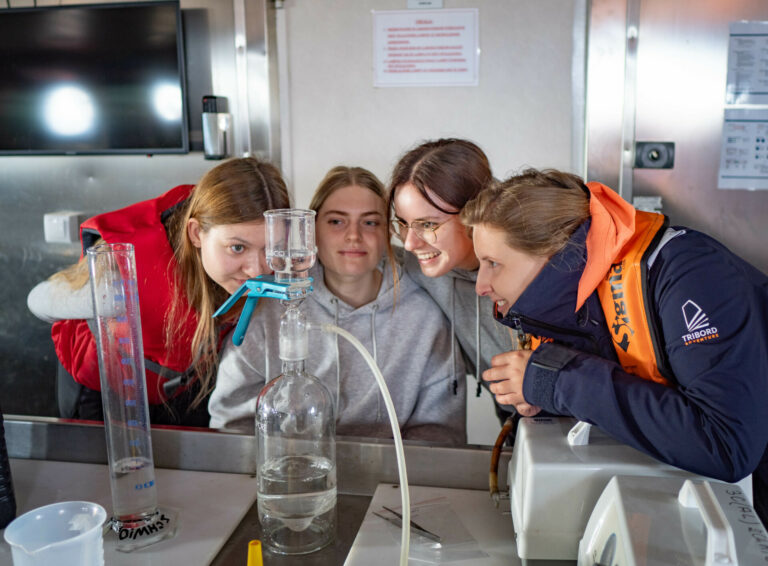The BaltArctic research teams collected samples 16 times on their way to Bodo and back. On 30 June, r/v Oceanograf even managed to visit the station where the previous research team couldn’t stop due to weather conditions. This means that all the planned samples have been collected and are ready for analysis.
It is a great success, especially because we managed to visit two more sampling stations than planned,’ says Ryszard Kuczyński research team leader. ‘The students really exceeded my expectations and gained a lot of invaluable experience during this cruise.’
On the way to Bergen, R/v Oceanograf wasn’t able to stop at the research station in the Skagerrak Strait. The weather was really bad – 8 on the Beaufort scale – so it was too risky to deploy the sampling equipment. After this incident, the first research team managed to visit all the other 9 research stations. But this one missed station was important for completing the main scientific project of the expedition.
‘Our project consists of three research tasks. The first concerns the study of oceanographic conditions directly related to sea currents, as water flows out of the Baltic area in the form of a current. Within this task, we will measure the salinity, temperature and other physical properties of the water. Besides various types of probes, we will use drifters, which are buoys floating in the seawater and transmitting their position via satellite. With these, we will be able to investigate the track and speed of the current flowing out of the Baltic Sea towards the North’ said research team leader of the first part of the cruise Agata Weydmann-Zwolicka ‘The second research task concerns marine chemistry in the broadest sense, i.e. the basic parameters of Baltic water and other waters we encounter along the way, as well as marine aerosols. During the cruise, we will collect water samples using Niskin Bottles– devices that collect a specific volume of water at a specific depth. The third research task concerns organisms that may be carried or present in the Baltic water masses. Here we are mainly talking about plankton, i.e. small plants and animals that are transported by sea currents, but also about the fish that feed on these organisms.’
Fortunately, the r/v Oceanograf was also collecting samples on the way back. This time, the research team consisted mainly of students from the University of Gdansk. This route was a great opportunity for them to gain experience and see where all the samples from their laboratory classes come from.
During the second part of the cruise, the research team managed to collect samples from two more sites than originally planned. In total, they visited 7 different sampling stations, one of them was the station missed by the first team. This concludes the research part of the BaltArctic Research Cruise, now we just have to wait for the results. The team is heading to Malmö, where the r/v Oceanograf will arrive on 1 July.
